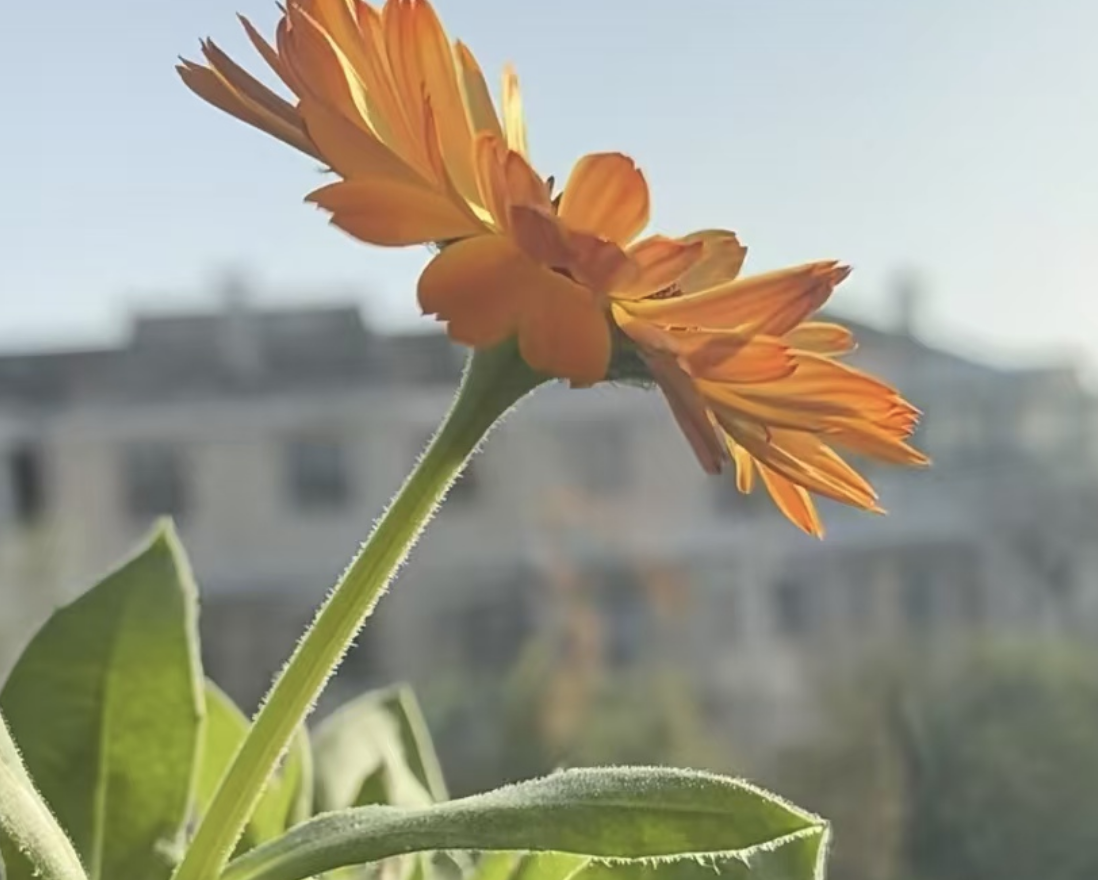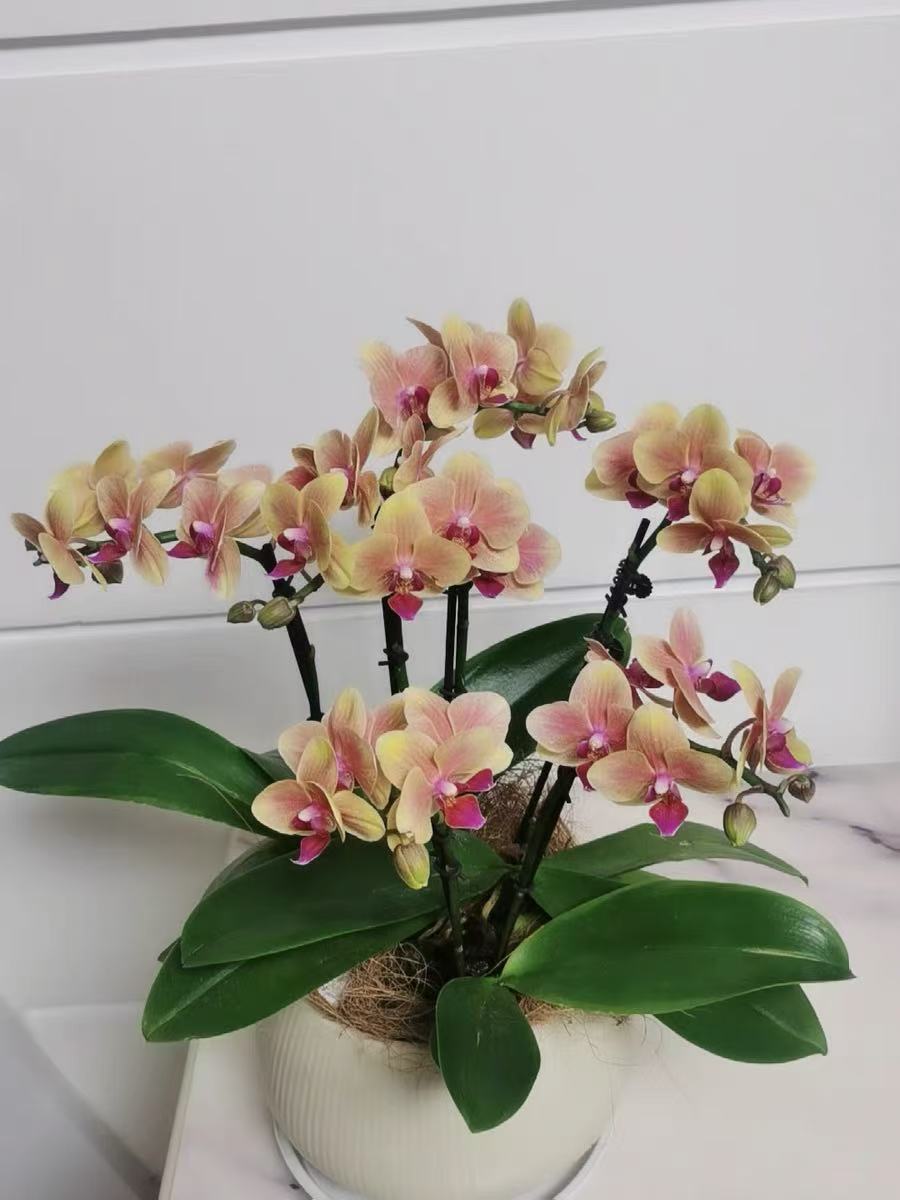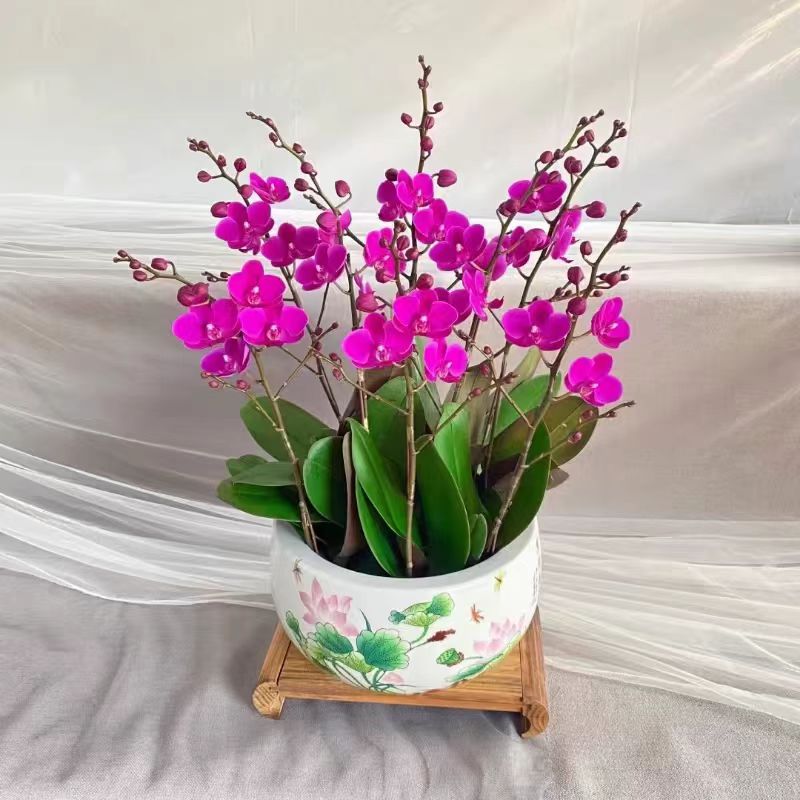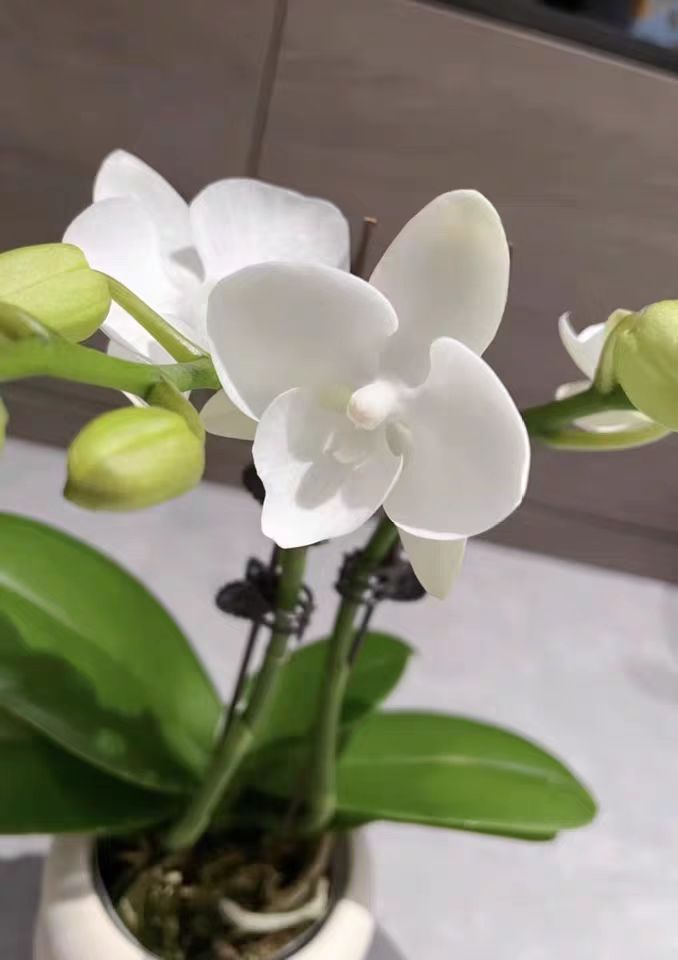It is believed that when people have a cold and sore throat, they often boil water with the flower mentioned below to relieve symptoms. It refers to the marigold. It belongs to the genus Calendula of the Asteraceae family. Its origin is Egypt and southern Europe, and later it was planted in warm regions around the world. In China, it is mostly cultivated in Sichuan, Guizhou, Guangdong, Guangxi and other provinces.
In addition to clearing away heat and detoxifying, marigold can also prevent hyperlipidemia, fight inflammation and kill bacteria, and clear the liver and benefit the gallbladder. In daily life, we might as well raise one or two pots at home and give it a try. It has good cold resistance in winter, but is afraid of heat. In hot summer, be careful not to place it in the sun, because the temperature above 30 degrees Celsius will make it enter a dormant period for a short time, and the growth will be relatively slow. At this time, we can place it in a well-ventilated place for maintenance and it will recover.
In terms of light, marigolds like the environment with sufficient sunlight. During the maintenance process, when the leaves turn chlorotic, we should consider placing it in a place with soft light, because too strong light will cause the color change of its leaves.
In terms of watering, marigolds are afraid of waterlogging. The soil should be kept slightly moist. Avoid excessive watering and water accumulation. In relatively dry seasons, it is recommended to water once every ten days. When watering, ensure that the water can penetrate to the roots. Otherwise, if there is a little water shortage, the leaves will droop.
In terms of soil, it likes loose and well-drained soil. In flower shops, you can choose to mix leaf mold, garden soil and sandy soil in a ratio of 3:6:1 to make the potting soil. In terms of fertilization, during the growth period (from April to September) and the fruiting period (from June to October), apply a thin fertilizer once a month. The fertilizer can be compound fertilizer or organic fertilizer.
There are often precautions in the process of maintenance. Generally speaking, marigolds have few diseases, but we also need to guard against the pest problem of scale insects. They generally gather in the center of the leaves and then secrete a viscous juice, which weakens the growth force of the plant and then the leaves show signs of yellowing. The treatment method at this time is to move the potted plant outdoors and directly use insecticides such as Buprofezin to deal with it.
What are the effects of marigolds?

Share with
Tagged in :




Leave a Reply